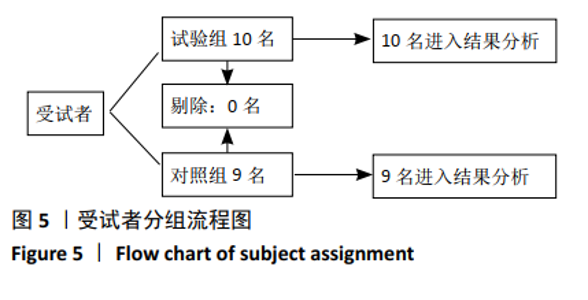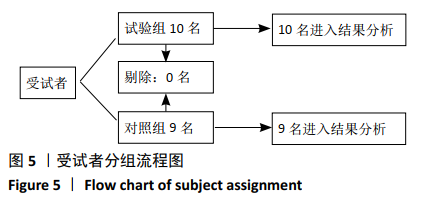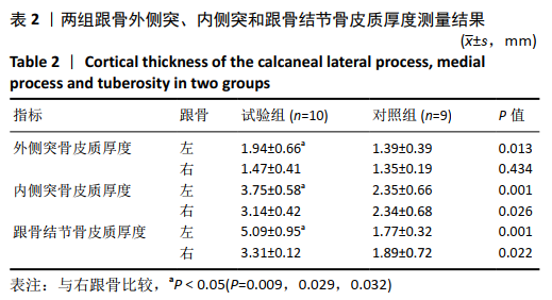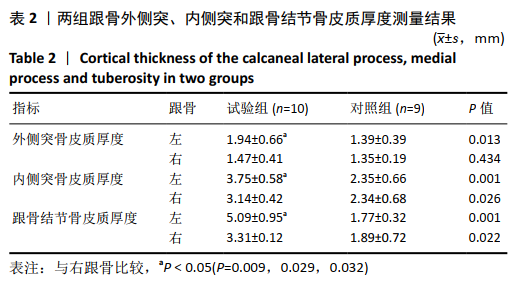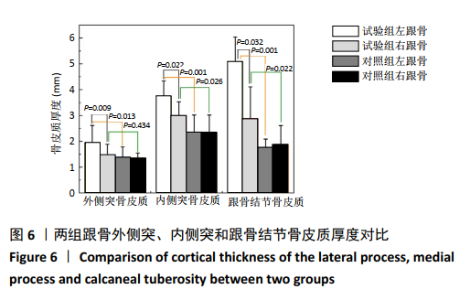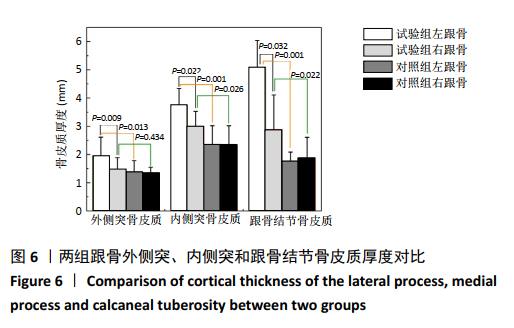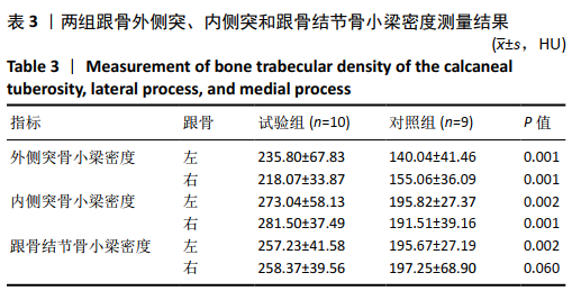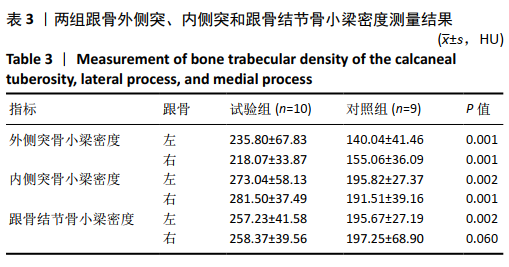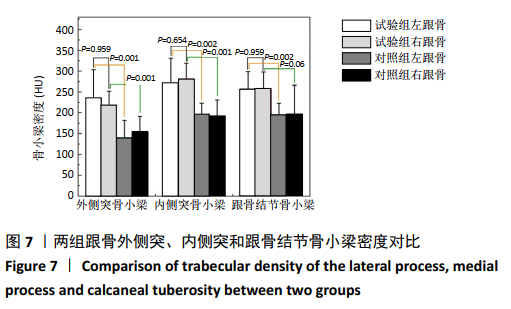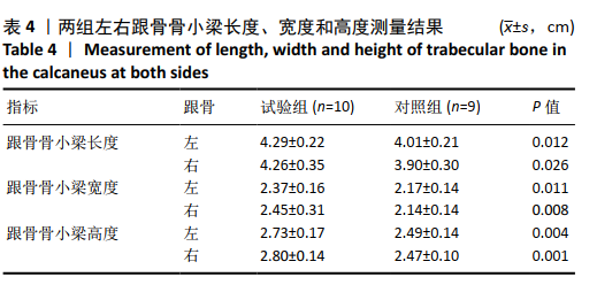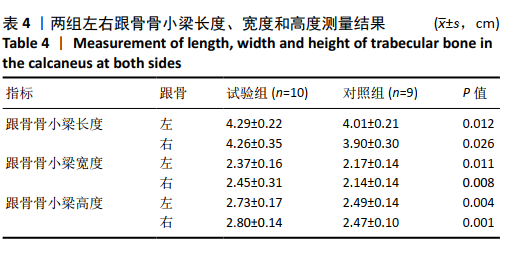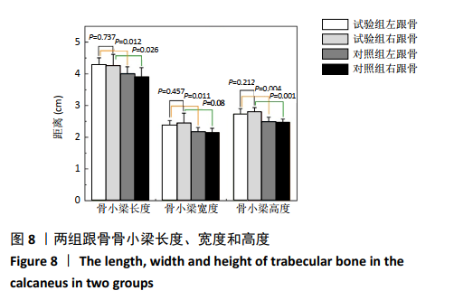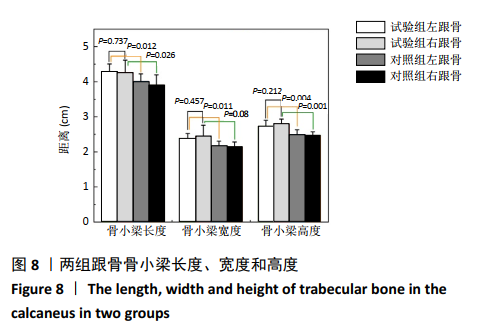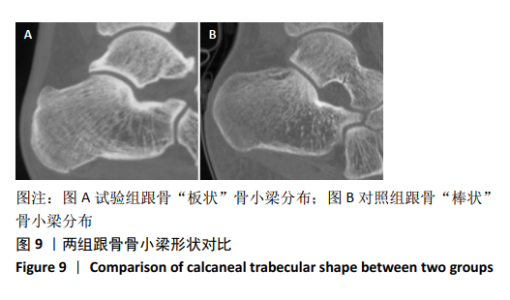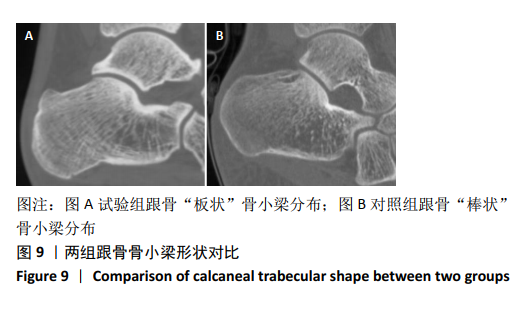[1] 刘卫军. 跆拳道[M].北京:高等教育出版社, 2004:9-12.
[2] WOLFF J. The Classic: On the Inner Architecture of Bones and its Importance for Bone Growth: (Ueber die innere Architectur der Knochen und ihre Bedeutung für die Frage vom Knochenwachsthum). Clin Orthop Relat Res. 2010;468(4):1056-1065.
[3] LARA B, SALINERO JJ, GUTIÉRREZ J, et al. Influence of endurance running on calcaneal bone stiffness in male and female runners. Eur J Appl Physiol. 2016;116(2):327-333.
[4] BRAVO-SÁNCHEZ A, ABIÁN-VICÉN J, JIMÉNEZ F, et al. Influence of badminton practice on calcaneal bone stiffness and plantar pressure. Phys Sportsmed. 2020;48(1):98-104.
[5] LAMBERT C, BECK BR, HARDING AT, et al. Regional changes in indices of bone strength of upper and lower limbs in response to high-intensity impact loading or high-intensity resistance training. Bone. 2020;(132):115192.
[6] 孙晶, 杨京, 沈岳, 等. 重庆地区2480例20~89岁年龄段人群跟骨定量超声骨密度检测结果分析[J]. 中国骨质疏松杂志,2009, 15(9):668-671.
[7] 窦永涛,薛金娟,刘鸿宇, 等.CT评价跆拳道足部应力对足弓形态的影响[J].中国医学影像学杂志,2014,22(5):346-349.
[8] 陈尘,廖立青,李义凯.跟骨各分部损伤程度的观测分析[J].解剖学杂志,2019,42(5):477-479,539.
[9] 燕晓宇, 俞光荣. 正常足弓的维持及临床意义[J]. 中国临床解剖学杂志, 2005,23(2): 219-221.
[10] FROST HM. Bone’s mechanostat: A 2003 update. Anat Rec A Discov Mol Cell Evol Biol. 2003;275(2):1081-1101.
[11] 黄昌林, 薛刚, 侯文根. “强化循环训练”法加速骨塑形改建的形态计量学观察及其现场人群干预研究[J]. 解放军医学杂志,2006, 31(4):292-294.
[12] NORMAN D, METCALFE AJ, BARLOW T, et al. Cortical Bony Thickening of the Lateral Intercondylar Wall: The Functional Attachment of the Anterior Cruciate Ligament. Am J Sports Med. 2017;45(2):394-402.
[13] VARLEY I, HUGHES D, GREEVES J, et al. Increased Training Volume Improves Bone Density and Cortical Area in Adolescent Football Players. Int J Sports Med. 2017;38(5):341-346.
[14] MALLARD F, BOUVARD B, MERCIER P, et al. Trabecular microarchitecture in established osteoporosis: Relationship between vertebrae, distal radius and calcaneus by X-ray imaging texture analysis. Orthop Traumatol Surg Res. 2013;99(1):52-59.
[15] 付彦铭,李佳.提踵运动对中老年人骨质改善程度的研究[J].中国骨质疏松杂志,2015,21(8):934-937+996.
[16] GIDDINGS VL, BEAUPRÉ GS, WHALEN RT, et al. Calcaneal loading during walking and running. Med Sci Sports Exerc. 2000;32(3):627-634.
[17] IRELAND A, DEGENS H, MAFFULLI N, et al. Tennis service stroke benefits humerus bone: is torsion the cause?. Calcif Tissue Int. 2015;97(2): 193-198.
[18] SHAW CN, STOCK JT. Habitual throwing and swimming correspond with upper limb diaphyseal strength and shape in modern human athletes. Am J Phys Anthropol. 2009;140(1):160-172.
[19] BRAVO-SANCHEZ A, ABIAN-VICEN J, JIMENEZ F, et al. Influence of badminton practice on calcaneal bone stiffness and plantar pressure. Phys Sportsmed.2020;48(1):98-104.
[20] DAĞ F, ERDOĞAN A T, DERİCİ YILDIRIM D, et al. Foot Symmetry and Plantar Pressure Characteristics in Elite Taekwondo Athletes; Preferred and Non-Preferred Foot Comparison. Turkiye Klinikleri Journal of Sports Sciences. 2017;9(1):12-20.
[21] 王建设,王静艺. 足球训练对人体足底压力分布特征的影响[A].中国体育科学学会.第十一届全国体育科学大会论文摘要汇编[C].中国体育科学学会:中国体育科学学会,2019:2.
[22] MILGROM C, FINESTONE A, LEVI Y, et al. Do high impact exercises produce higher tibial strains than running?. Br J Sports Med. 2000; 34(3):195-199.
[23] SOUZANCHI MF, PALACIO-MANCHENO P, BORISOV YA, et al. Microarchitecture and bone quality in the human calcaneus: Local variations of fabric anisotropy. J Bone Miner Res. 2012;27(12): 2562-2572.
[24] SAERS JP, CAZORLA-BAK Y, SHAW CN, et al. Trabecular bone structural variation throughout the human lower limb. J Hum Evol. 2016;97: 97-108. |


